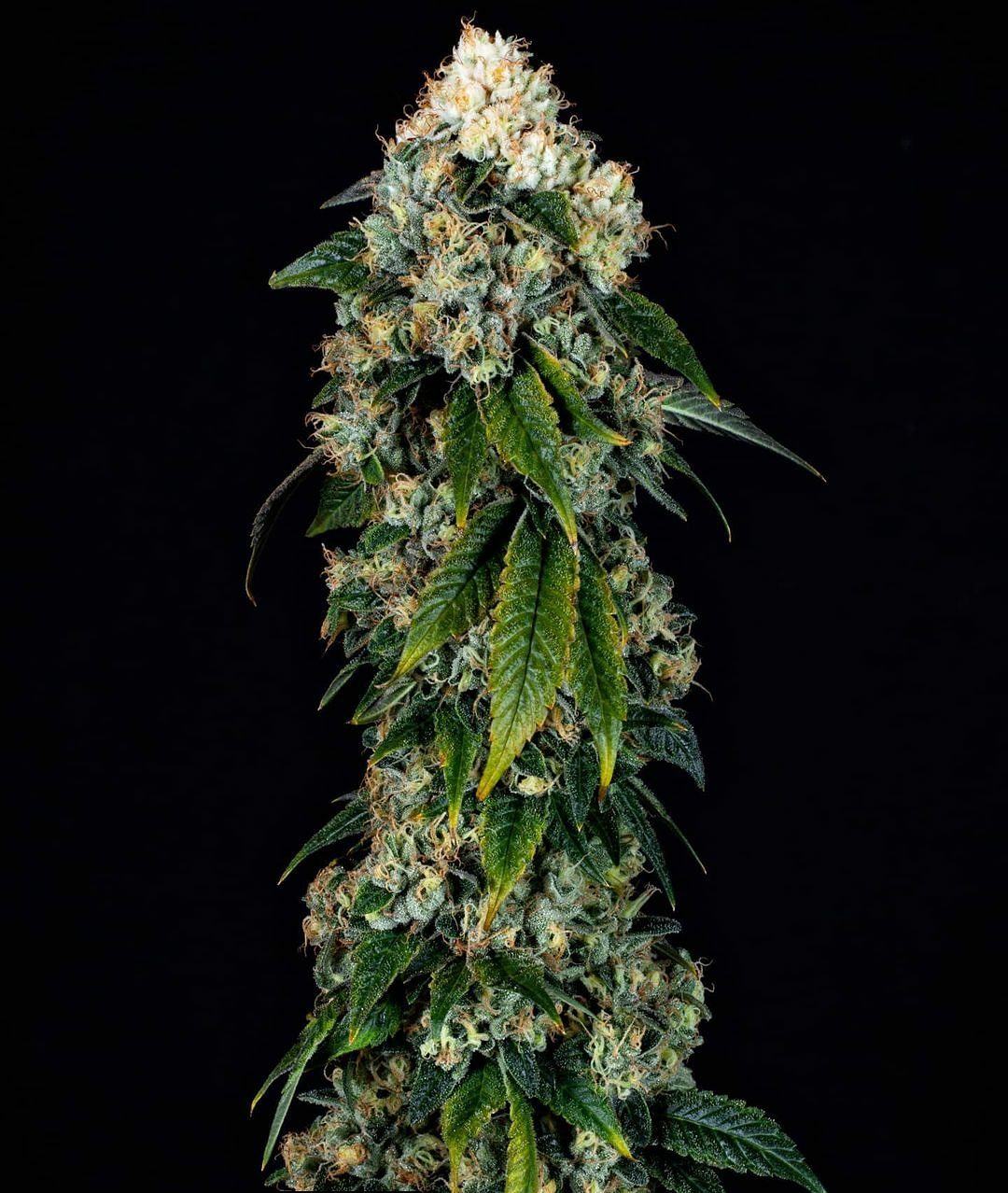Harnessing the power of LED grow lights, cannabis cultivators can enjoy tremendous yields. However, to tap into this abundance, understanding the nitty-gritty of cannabis cultivation is paramount. It’s not just about switching on the LEDs and waiting; it goes beyond that. This blog dives deep into six key strategies, imperative for any serious grower looking to maximize their cannabis yields. These tried-and-tested tips will equip you with a mastery over the lifecycle of your crop, enabling healthier plants and bumper harvests. So buckle in and ready your green thumb for some enlightened growing tactics to skyrocket your cannabis cultivation game!
The six key factors influencing maximizing cannabis yields include proper lighting, temperature and climate control, genetics of the strain, pruning techniques, harvest time, and nutrition management. By optimizing these factors, growers can improve overall yield, bud size, potency, and taste.

When it comes to maximizing cannabis yields, two key factors play a crucial role: proper lighting and nutrients. These elements work hand in hand to ensure optimal growth and health of your plants.
Imagine you have a beautiful garden with rows of cannabis plants. To achieve the best results, you need to provide your plants with the right amount and quality of light. This can be achieved through various lighting options such as LED fixtures with full-spectrum lights. LED lighting is highly recommended for maximum yields because it consumes less energy, emits less heat, and provides an ideal light spectrum that promotes photosynthesis.
In addition to lighting, providing your plants with the right nutrients is essential for their overall health and development. Just like humans need a balanced diet to thrive, cannabis plants require a well-rounded nutrient supply. Think of nutrients as fuel for your plants – they need carbohydrates, proteins, and vitamins to reach their full potential.
When choosing nutrients, it’s important to consider the specific needs of cannabis plants during different stages of growth – vegetative and flowering. During the vegetative stage, plant growth is focused on foliage development, so nitrogen-rich fertilizers are beneficial. In contrast, during the flowering stage, phosphorus and potassium become more important as they promote bud formation and maturity.
Maintaining an appropriate pH level in the growing medium is also crucial for nutrient absorption. Cannabis plants generally prefer a slightly acidic pH range between 5.8 and 6.5.
As a grower, it’s crucial to monitor plant health closely by observing leaf coloration, growth patterns, and overall appearance. This allows you to identify any deficiencies or excesses in nutrients and adjust accordingly.
Now let’s explore how maximizing photosynthesis through ideal lighting conditions can significantly boost your cannabis yields.
Photosynthesis is the process by which plants convert light energy into chemical energy, providing them with the necessary resources to grow and produce buds. By optimizing photosynthesis, you can amplify the growth potential of your cannabis plants and ultimately increase yields.
To maximize photosynthesis, it’s crucial to provide your plants with ideal lighting conditions throughout their lifecycle. During the vegetative stage, cannabis plants benefit from at least 18 hours of light per day. This extended period of light exposure stimulates vegetative growth and helps create lush foliage.
As your plants transition into the flowering stage, they require a change in lighting conditions. Switching to a 12/12 light/dark schedule imitates the natural light cycle during autumn when cannabis typically flowers outdoors. This change prompts the plants to shift their focus from foliage development to bud production.
The quality of light also plays a vital role in maximizing photosynthesis. Full-spectrum LED lights provide a balanced spectrum that closely mimics natural sunlight, allowing for optimal absorption of light by the chlorophyll in the plant’s leaves.
Proper placement and distance of lights from your plants is key as well. Ensuring adequate coverage and avoiding excessive heat can prevent light burn or stunted growth.
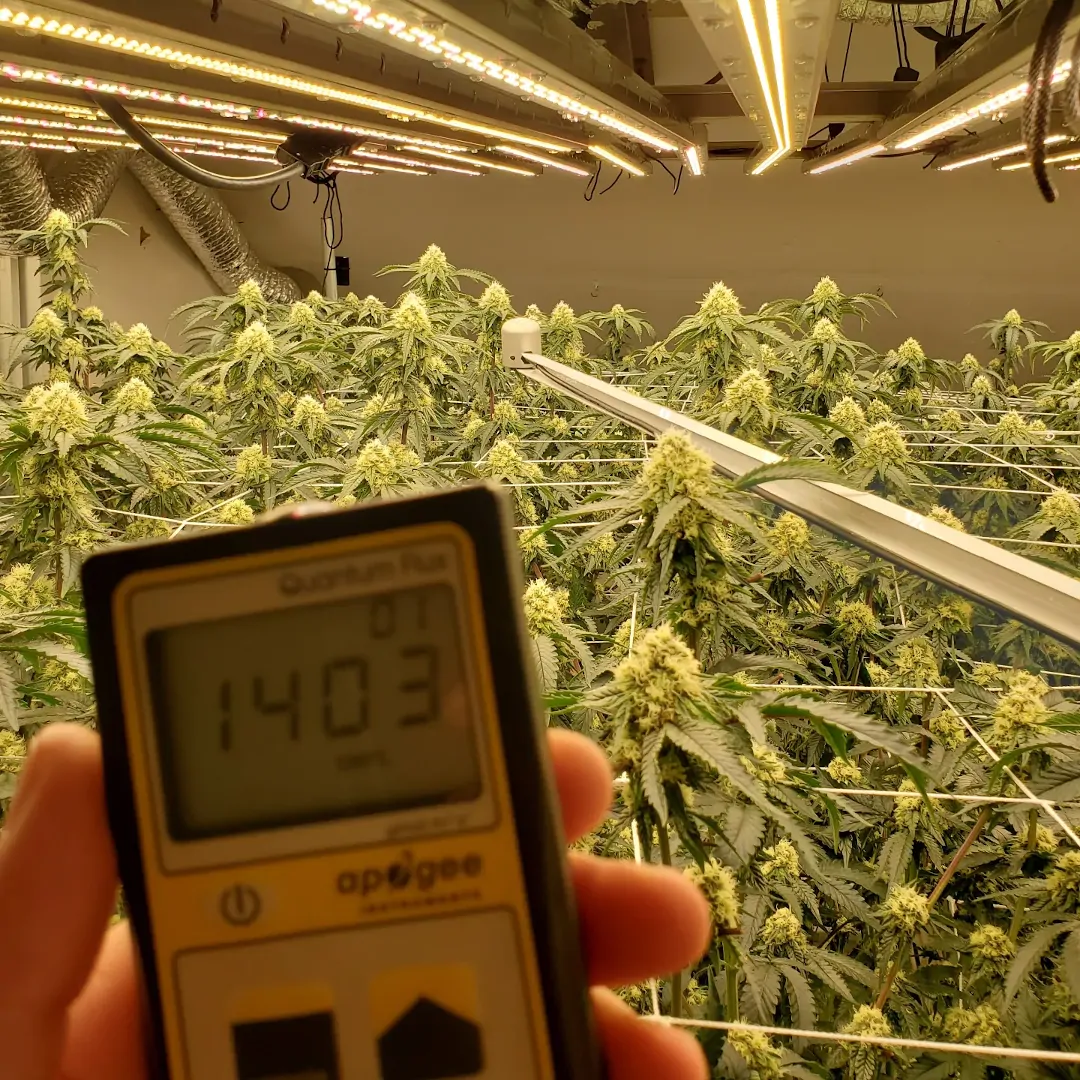
By creating an environment where your cannabis plants receive proper lighting and nutrients, you are setting them up for success. These fundamental aspects work together harmoniously to promote healthy growth, robust bud development, and ultimately higher yields.
Think of creating ideal lighting conditions for your cannabis plants as setting up the perfect stage for a performance – with proper lighting, your plants will flourish and showcase their best buds.
When it comes to maximizing cannabis yields, one critical aspect to consider is balancing the nutrient supply for healthier plants. Providing the correct amount and balance of nutrients is essential for promoting robust growth and preventing nutrient deficiencies or burn. By understanding the nutritional needs of cannabis plants at different stages of growth, you can optimize their health and ultimately enhance yield.
Cannabis plants require a combination of macronutrients (nitrogen, phosphorus, potassium) and micronutrients (iron, zinc, manganese, etc.) for proper development. Macronutrients are needed in larger quantities, while micronutrients are required in smaller amounts but are equally important.
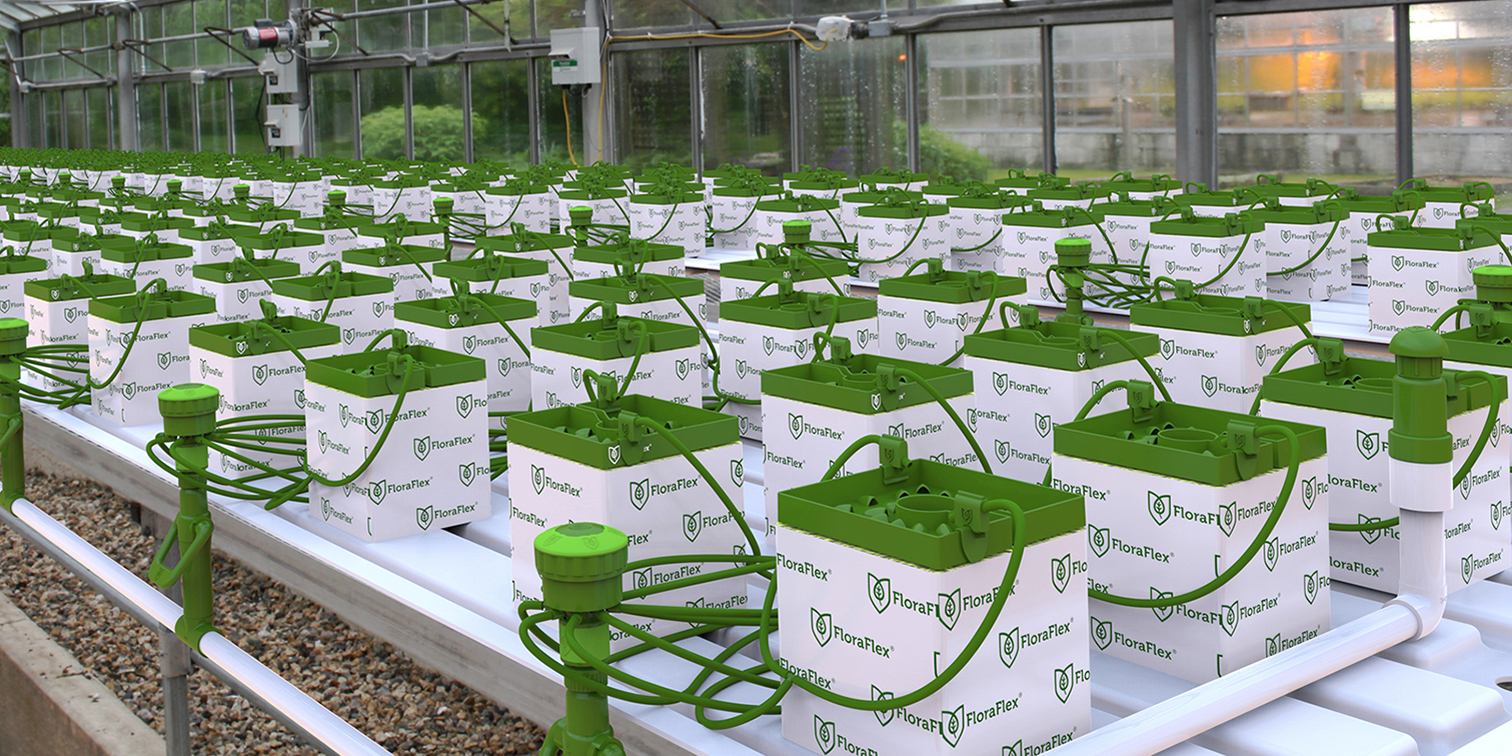
To ensure a well-balanced nutrient supply, it’s crucial to monitor your plants’ leaf health as a guide. Observe the color and condition of the leaves, looking out for any signs of discoloration, spotting, or yellowing. These indicators can help identify nutrient deficiencies or excesses.
For instance, if you notice that your plant’s leaves have started turning yellow while veins remain green, it could be a sign of nitrogen deficiency. On the other hand, darkening or burnt leaf tips might suggest nutrient burn due to excessive fertilizer application.
To avoid such issues and maintain an optimal nutrient balance:
Remember that each strain may have specific nutrient requirements, so it’s essential to research and understand those needs to provide tailored nutrition for optimal growth.
Now that we understand the importance of balancing nutrients for healthier plants, let’s explore another key aspect of maximizing cannabis yields: enhancing yield through climate control and genetics.
Creating an optimal environment for your cannabis plants can significantly enhance their yield potential. Two essential factors to consider in this regard are climate control and genetics.
Climate Control: Regulating temperature and humidity is crucial for providing optimal growing conditions at different stages of cannabis growth. During the vegetative stage, temperatures between 70-85°F (20-30°C) and humidity levels around 40-60% are ideal. For the flowering stage, temperatures should be kept between 65-80°F (18-26°C) with slightly lower humidity levels of 40-50%. Maintaining proper airflow throughout the grow space helps prevent mold or disease development.
For instance, if you have a grow tent, consider using fans or ventilation systems to ensure sufficient airflow. Additionally, investing in a humidifier or dehumidifier can help you achieve the desired humidity levels in your indoor grow space.
Genetics: The choice of cannabis strain can have a significant impact on both yield and potency. Different strains have varying growth characteristics, such as flowering time, height, branching structure, and bud formation. Some strains may prioritize taste or specific effects over quantity, while others may have genetics that naturally contribute to higher yields.

Think of it as choosing between different fruit tree varieties – some produce larger fruits but fewer of them, while others yield smaller fruits but in larger quantities.
Researching and selecting strains known for their high yield potential can give you an advantage in maximizing your cannabis harvest. Reputable seed banks are often the best source for obtaining quality genetics.
With a solid understanding of how climate control and genetics play a role in enhancing cannabis yield potential, we can now explore other key strategies to maximize yield in the subsequent sections.
When it comes to maximizing cannabis yields, creating an ideal environment for growth is paramount. Temperature and humidity play crucial roles in the cultivation process, influencing the overall health and productivity of your plants. Understanding how to regulate these factors can significantly impact your yield.
The optimal temperature range for cannabis growth varies slightly between the vegetative and flowering stages. During the vegetative stage, maintaining temperatures between 70-85°F (21-29°C) promotes healthy leaf development and root growth. In contrast, during the flowering stage, reducing temperatures to around 65-80°F (18-27°C) encourages bud formation and essential resin production.
It’s important to note that extreme temperatures can negatively impact plant growth. High temperatures can cause stress, stunted growth, reduced resin production, and increased susceptibility to pests and diseases. Conversely, low temperatures can slow down metabolic processes and hinder nutrient absorption.
Humidity levels also play a vital role in cannabis cultivation. During the vegetative stage, maintaining humidity between 40-70% helps prevent excessive transpiration and supports healthy foliar growth. However, during the flowering stage, lowering humidity levels to around 40-50% can help reduce the risk of mold or mildew development on buds due to increased moisture content.
Proper ventilation and airflow within the growing space are essential for regulating temperature and humidity levels effectively. Ensure adequate airflow by using exhaust fans, oscillating fans, or air circulation systems. Additionally, consider investing in dehumidifiers or humidifiers to maintain optimal humidity levels throughout each stage of growth.
By taking diligent measures to control temperature and humidity in your growing environment, you can create an optimal climate conducive to robust cannabis growth and ultimately maximize your yields.
Selecting the right strains for your cannabis cultivation endeavors is another key factor in maximizing yields. Breeders have been continually working on developing strains that are genetically designed to maximize yields. Understanding the characteristics of different strains can help you make an informed decision when choosing which ones to grow.
Some of the highest yielding cannabis strains include Bubba Kush, Super Silver Haze, Sexxpot, Jack Widow, Chocolope, Big Bud, and Blue Dream. Each strain has its own unique growth requirements and potential yield range. Let’s explore a few examples in more detail:
Bubba Kush is known for its stocky structure and giant buds, with yields ranging from 600 to 1500 grams per m². It can be grown both indoors and outdoors, but outdoor growth generally yields the highest results.
Super Silver Haze is an award-winning strain that offers a potential yield of 600 to 1500 grams per m². It requires careful attention to diet and soil conditions but responds well to hydroponics and SCROG (Screen of Green) training.
Sexxpot is an Indica strain that can yield between 750 to 1200 grams per m². It has high mold and pest resistance, making it suitable for all skill levels.
Jack Widow is a Sativa-dominant hybrid that offers yields of 550 to 1000 grams per m². However, it requires experienced hands due to sensitivity to humidity and soil mistakes.
Chocolope is an easy-to-grow strain that can yield between 450 to 1000 grams per m². It is robust and resilient to mold and pests, making it ideal for novice growers.
Big Bud provides a huge yield potential of between 400 and 1000 grams per m². It has high fungal resistance and can be grown both indoors and outdoors.
Blue Dream offers yields of between 550 and 900 grams per m². It is suitable for beginners and can grow quite tall, with ideal outdoor conditions providing the greatest yields.
When choosing strains, take into consideration factors such as growth requirements, flowering time, resilience to pests and diseases, and the expertise level needed to cultivate them successfully. Assess your own growing environment and abilities to find strains that align with your specific needs and goals.
By selecting high-yielding strains suitable for your cultivation setup, you’re setting yourself up for greater success in maximizing your cannabis yields.
When it comes to maximizing cannabis yields, timing is everything. Knowing the right moment to harvest your plants can significantly impact the potency and quality of your final product. But how do you determine the perfect harvesting time? Let’s explore some key indicators that can help you make an informed decision.
One essential factor to consider is observing the pistils, which are the hair-like structures on the buds. During the flowering stage, these pistils will change color from white to dark orange or brown. As a general rule of thumb, it’s recommended to harvest when about 70-80% of the pistils have already darkened. This indicates that the buds have reached their peak maturity.
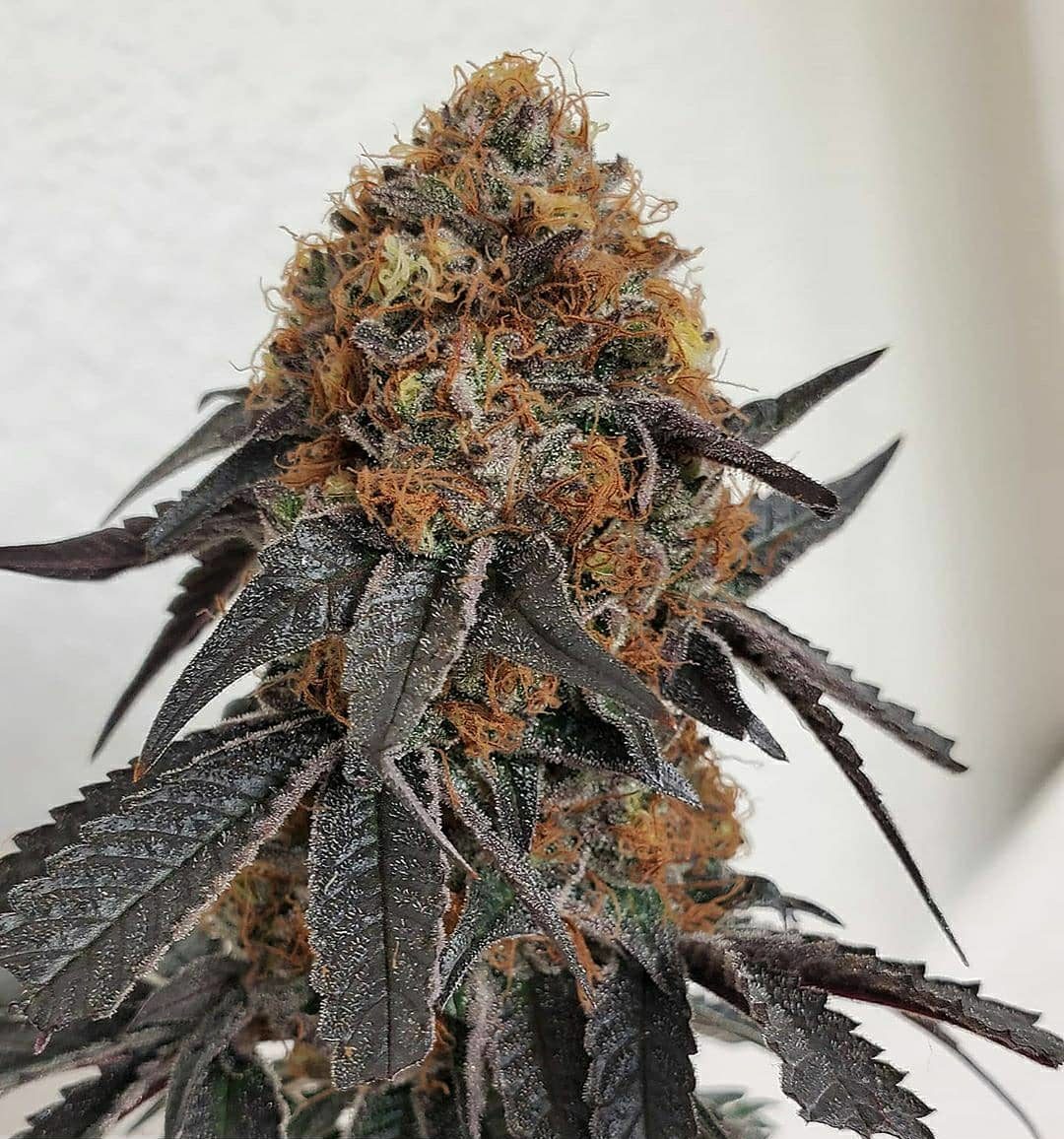
However, relying solely on pistil color might not provide a comprehensive assessment of readiness. Another crucial indicator is monitoring the trichomes, which are tiny crystal-like structures on the buds. Using a magnifying tool, check for trichomes that appear milky and cloudy. This milky appearance signifies that the THC levels have peaked and that it’s an ideal time for harvesting if you desire a more potent product.
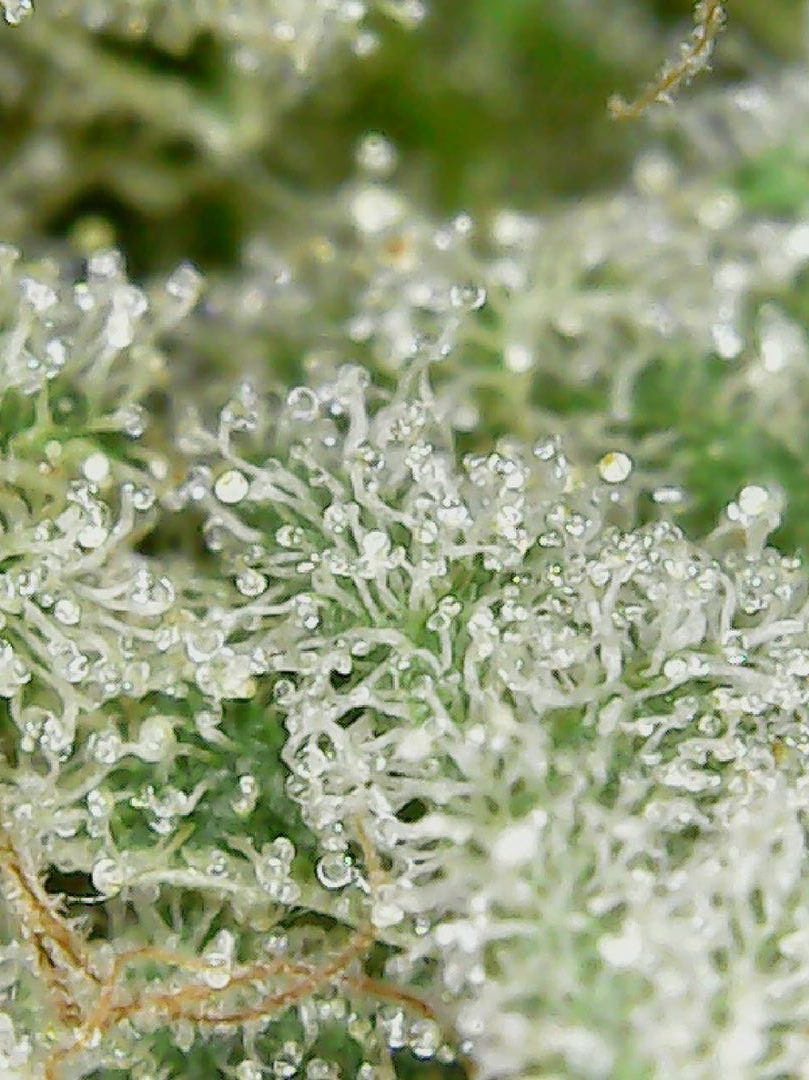
For those looking for a more relaxing and sedating effect, waiting a little longer until some of the trichomes turn amber is advisable. This indicates that THC is starting to degrade into CBD and CBN, which offer a more calming experience. It’s important to remember that different strains might require varying levels of amber before harvesting.
Remember, patience plays a vital role in achieving an exceptional harvest. Rushing to harvest too early might lead to less potent and underdeveloped buds. Conversely, delaying too long may result in overripe buds with reduced potency and flavors.
Now that we understand how critical perfecting your harvesting time is let’s dive into techniques for increasing plant size and yield.
To maximize your cannabis yields, focusing on techniques that promote plant size and overall yield is paramount. By implementing these strategies, you can optimize the growth potential of your plants. Let’s explore a few effective techniques:
Pruning involves carefully removing parts of the plant that hinder overall growth or block light from reaching other areas. This can include trimming excessive leaves, especially those shading lower branches. By doing this, you create a better canopy area for light penetration and airflow, which helps prevent mold and encourages bud development.
Imagine you have a cannabis plant with numerous large fan leaves covering lower branches. By selectively pruning those leaves, you allow more light to reach the lower parts of the plant, facilitating bud formation and maximizing overall yield.
Another method to increase plant size is training, which involves manipulating the plant’s growth pattern. Techniques like low-stress training (LST) or screen of green (SCROG) aim to create a more even canopy by bending and tying down branches. This approach ensures that more bud sites receive adequate light, leading to increased yield potential.
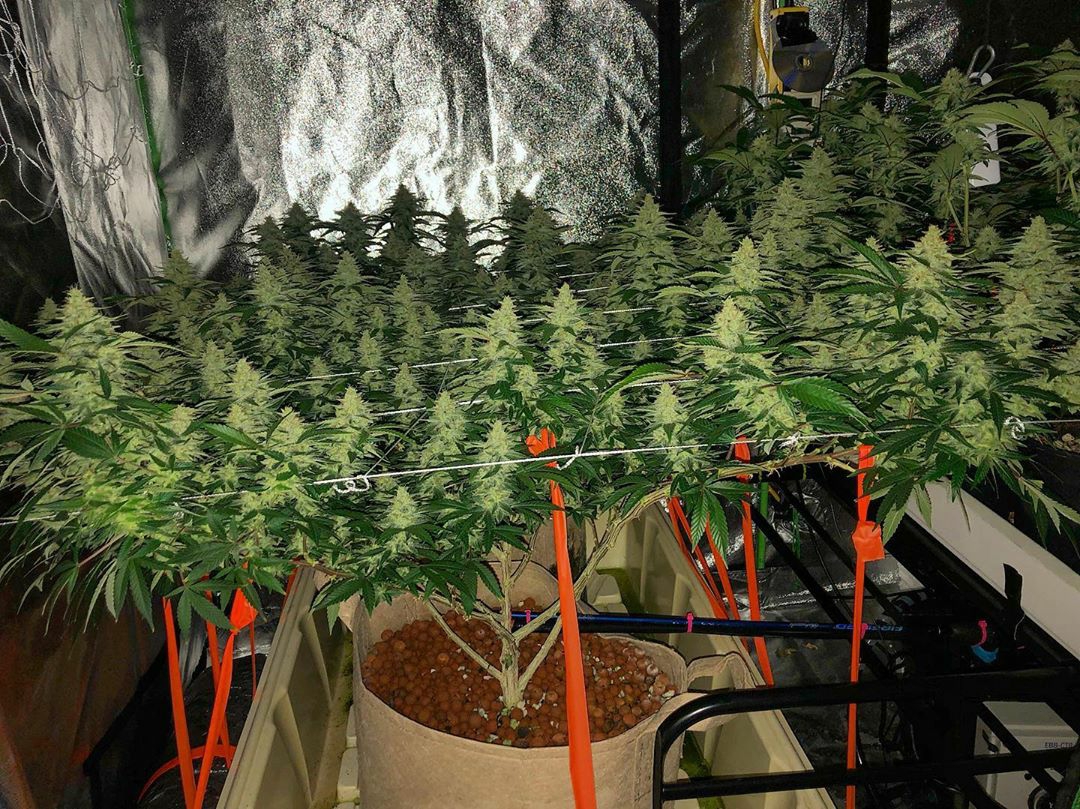
Consider using LST where you gently bend the main stem downward and secure it in place with soft ties. This technique encourages lateral growth and gives room for more bud sites to develop.
Implementing these pruning and training methods can significantly impact your cannabis yield. However, there are additional factors to consider when aiming for maximum plant size and yield.
One of the essential techniques in maximizing cannabis yields is pruning and training methods that promote healthy, vigorous growth and create an optimal canopy. By strategically removing certain parts of the plant and guiding its growth patterns, growers can ensure that every part of the plant receives sufficient light, nutrients, and airflow.
Pruning involves selectively cutting off parts of the plant that hinder overall growth or block light from reaching the rest of the plant. This can include removing lower branches and leaves to focus energy on top bud development. By eliminating these lower branches, you promote better airflow throughout the plant, reducing the risk of mold and pest infestations.
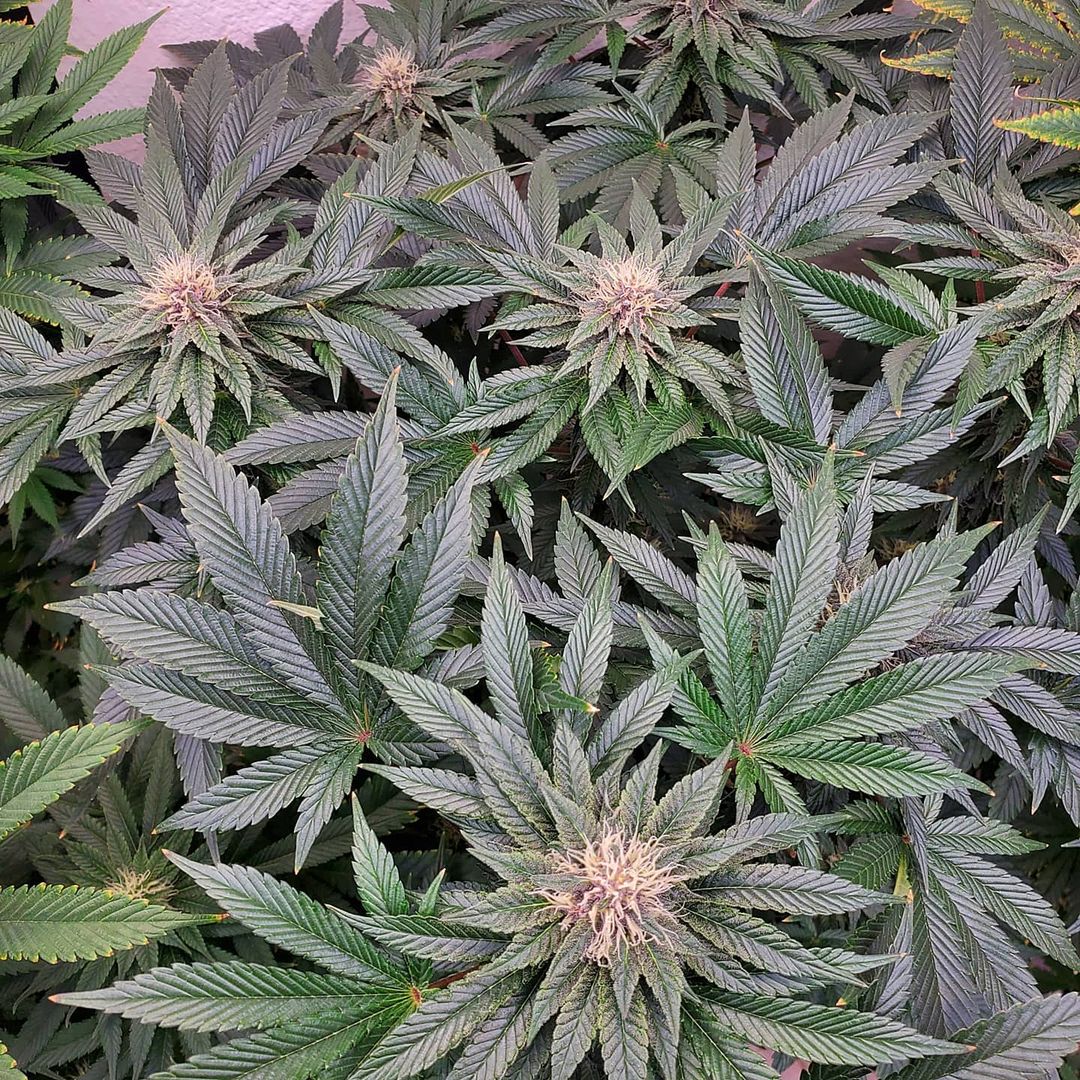
Imagine a cannabis plant with dense foliage near its base, blocking light from reaching lower bud sites. By trimming away these fan leaves and branches, you create an open space for light penetration, allowing more buds to develop evenly throughout the plant. This promotes larger harvests and prevents potential issues caused by poor air circulation.
There are several popular pruning techniques that growers employ to maximize canopy growth:
Remember, these techniques should be tailored to suit the specific strain and growing environment. It’s important to research and understand the characteristics of your chosen strain to determine which technique is best suited for it.
Pruning and training methods for maximum canopy growth require careful consideration and observation. By evaluating the growth patterns of your plants, you’ll be able to identify areas that need attention and adjust your pruning methods accordingly.
By implementing proper pruning and training techniques, growers can encourage their plants to produce more buds while maintaining a healthy and productive canopy. These methods help create an optimal growing environment by maximizing light exposure, airflow, and nutrient distribution throughout the plant. The result is higher-quality cannabis with increased yields.
